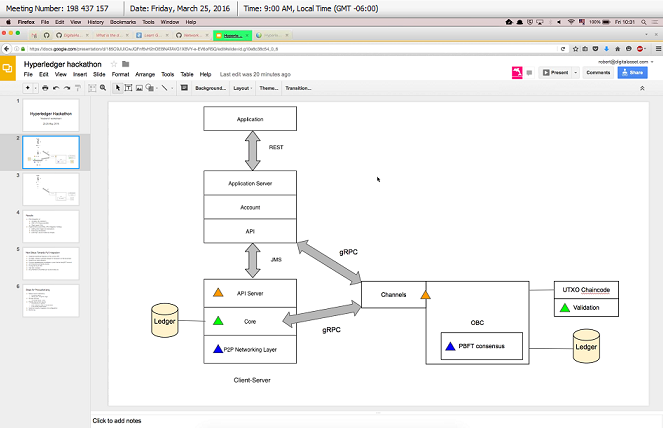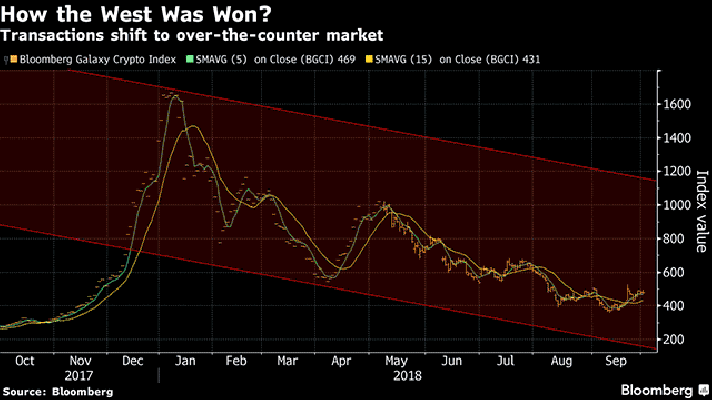Hyperledger Fabric Incubation Moves Forward

There’s been plenty of what’s known in the US as “inside baseball” conversation and maneuvering at recent conference calls within the emerging Hyperledger community.
The main results are a new “Fabric” API incubation, which combines proposed contributions by IBM and Digital Asset Holdings (DAH), and a distributed ledger proposal from Intel code-named “Sawtooth Lake” (presumably inspired by the wonders of alpine central Idaho).
Intense discussions
The Fabric incubation comes at the end of an intense, multi-week discussion within Hyperledger’s Technical Steering Committee (TSC) and other community members.
It combines proposed contributions from IBM and DAH, as first described by DAH’s Robert Fajta at the end of a multi-day, Hyperledger face-to-face (F2F) meeting in Brooklyn, New York. A proposed contribution from a third key player, Blockstream, was excised from what’s turned into the Fabric incubation project as it was deemed redundant with similar contributions from IBM.
A proposed contribution from a third key player, Blockstream, was excised from what’s turned into the Fabric incubation project as it was deemed redundant with similar contributions from IBM.
The TSC is headed by IBM Distinguished Engineer Christopher Ferris, who has a long history as a key influencer of open standards.
Other committee members come from DAH, Intel, Fujitsu, Hitachi, DTCC, R3, CME, Accenture, JP Morgan, and Deutsche Boerse.
Fabric: behind the scenes
An attempt to gain unanimous approval in Brooklyn to incubate what has become the Fabric project failed when an Intel representative wanted to see the proposal in writing. At a TSC conference call the following week, there was a drawn-out discussion among attendees about the proposed incubation as well as the nature of an incubation itself.
Separately, DAH executive an TSC member Tamás Blummer outlined his company’s proposed contribution, as we’ve previously reported.
Notable in the post-Brooklyn discussions has been the voice of newly hired Blockstream Principal Architect Christopher Allen, a prominent industry figure who’s been focusing on Internet identity and trust in recent years.
Formal document and technical steps
The Fabric proposal has now been outlined in a formal document, with a stated goal to “Create a merged repository of the IBM and DAH contributions based on the successful experiment implemented at the F2F hackathon hosted by JPMC in NYC week of March 21, 2016 and advance that base to the point of formal evaluation.”
A number of steps need to be taken to deliver a robust implementation, according to the document. As they are addressed, specifics will be published as github issues against the repository. The issues are as follows:
- Measuring and optimizing
- Throughput, latency
- Memory, CPU, storage, usage, etc.
- Storage strategy
- Hot storage, archive, pruning
- Flexible deployment layouts
- What goes to which process
- What is deployed in DMZ vs. internal network
- Is using Docker images allowed?
- Customer specific integration and configuration
- Monitoring
The complete document is also viewable to anyone who’s interested in it.
Out of the shadows
The world of blockchain came born shrouded in the mysterious world of Bitcoin, the (in)famous cryptocurrency with a capital C. Bitcoin has its own foundation, with its own unique history.
Hyperledger is something different altogether, even as several of its initial use cases will address the giant, global financial services markets.
Many moving parts
So separating blockchain from Bitcoin is the first mental step one must take to see blockchain’s potential. Then we must realize the Hyperledger community has many moving parts, including requirements and white paper working groups that seek to define requirements and outline several use cases in the process.
If you’re interested in reading over the most recent TSC conference call minutes, you can find them in this Google Doc.
The world of Hyperledger can be initially addressed through its website, which includes links to mailing list, github repos, a wiki, and other resources.
Some creative tension
It’s easy enough to invoke the hoary trope “everybody loves standard so much, they each want one of their own” when thinking and writing about Hyperledger. The project has that familiar, tense undercurrent of companies large and small battling for technical leadership and community mindshare within the context of an open, transparent project.
The use of blockchain holds the potential to define global IT security for the next generation. It also has the potential to spawn not only new cryptocurrencies, which operate outside the control of governments and pesky institutions, but also create secure, new, major segments of a collaborative, shared global economy.
As one executive told me, “think of Uber without Uber,” meaning think of Uber’s infrastructure and shared-economy vision but substitute any number of products and services for the cars.
Add to that the specter of potential competitors such as Ethereum and the tremendously dynamic nature of Hyperledger’s evolution so far—something which we can imagine will continue for a while—then a little tension among members of the nascent Hyperledger community comes as no surprise.












